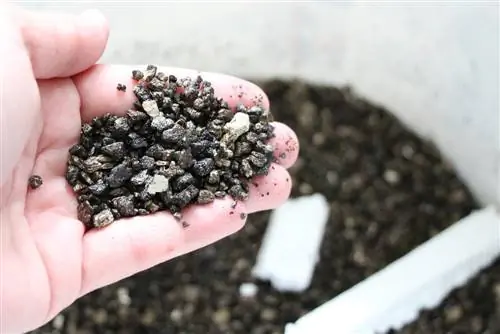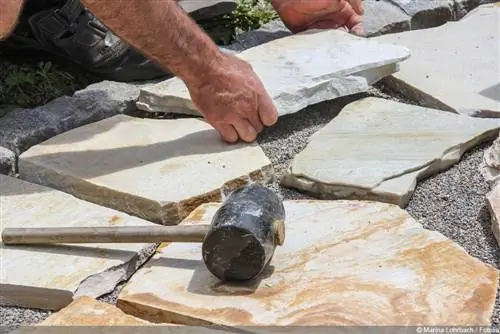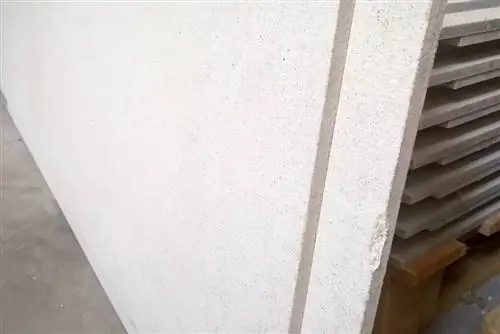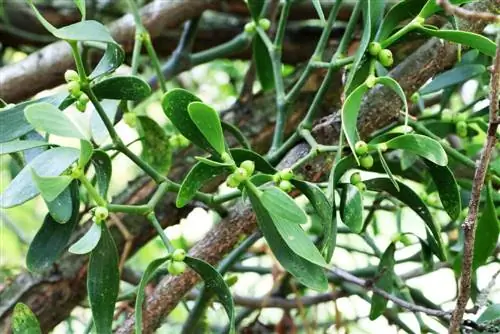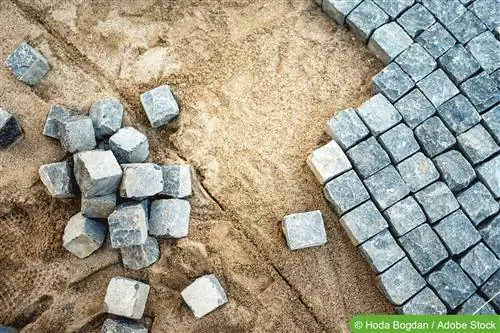- Author admin [email protected].
- Public 2023-12-17 03:39.
- Last modified 2025-01-24 12:45.
No matter what it is used for, you usually need a lot of it and stone foil is not cheap. So it makes sense to save a lot of money and design the film yourself.
To note
The glue is important when building it yourself. It has to hold the stones firmly, even under water, and must not release any pollutants. Not every glue is suitable for this. Industrially produced stone foils are not glued. The “film” on the back is cast. The stones are used when the foil is not yet solid. So some of them are directly in it. Stones do fall out every now and then, but those are the ones that aren't cast in properly. The others are holding up very well.
You should keep in mind that the stone foil, whether purchased or homemade, will turn green over time. Underwater it is algae, above water it is moss. After a while you can no longer see much of the film. Alternatively, you could paint over the film with silicone, then it would be easy to clean, simply with a water jet or a broom, but that would cause the costs to skyrocket and that is not the point.
Make your own stone foil
During my research I found numerous ideas on how to make stone foil yourself. There is no optimal version. Purchased stone foil is also not ideal; as described above, it turns green over time and some stones come off of this foil over time, especially when the foil is under tension.
Tip:
The film used as a base should be at least 1 mm thick.
Screed concrete
This version seems good to me, but it doesn't make a flexible film. The method is suitable for streams that are designed with foil. Everything has to be practically finished; at the end comes the design. The screed concrete is applied as a thin layer on the film. The stones are distributed on top and pressed in a little. A very fine gravel grain is important. This works very well horizontally, but it becomes more difficult vertically.
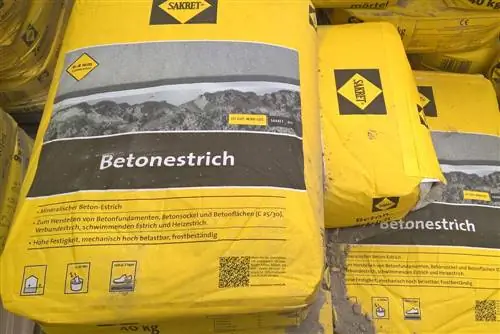
Aquarium silicone
Aquarium silicone can also be used as a substrate. Spread the mixture on the foil. The stones are then distributed on top. These need to be pressed into the mass a little. A foam roller from the painter's supplies is well suited for this.
Glue for natural stone from specialist retailers
The handling is similar. The glue is applied to the foil and the stones are pressed into it. There is a big chance that stones will fall off again at the end. If you want to make the effort, you can also handle it the other way around. Glue the stones and then place them close together on the foil. This takes a long time and requires some effort, but these stones hold much better and the film remains very flexible and can be easily processed further.
Pond liner adhesive
The simpler stone liners that are available in stores consist of pond liner that has been coated with pond liner adhesive and pebbles glued to it. You can do the same thing yourself. Simply apply the glue to the film, put stones on it, press it down, let it dry, done.
Laying stone foil
Laying stone foil is easy. The foils are very heavy. One square meter weighs around 4 to 5 kilograms. Due to their weight, the films usually lie well and do not need to be glued at all. Glue only needs to be used if they are to be installed vertically. Since stone foil only has decorative value and is not used as a seal, you can simply place the stone foil over the pond liner. The only important thing is that no air bubbles form between the foil strips.
Tip:
Innotec or Sikaflex 221 is well suited for gluing the stone liner to the pond liner
Conclusion
Stone liner helps to hide unsightly pond liner. If you want to hide the black foil, stone foil is a good choice. Making stone foil yourself is easy, but there is no guarantee that the foil will remain flexible and hold all the stones. For large areas, the production requires quite a bit of effort. You should keep in mind that the stone foil will not look as good for long as it did initially. It is added by algae or mosses and the like. But this happens with all stones in and around the garden pond, unless you use chemicals.

